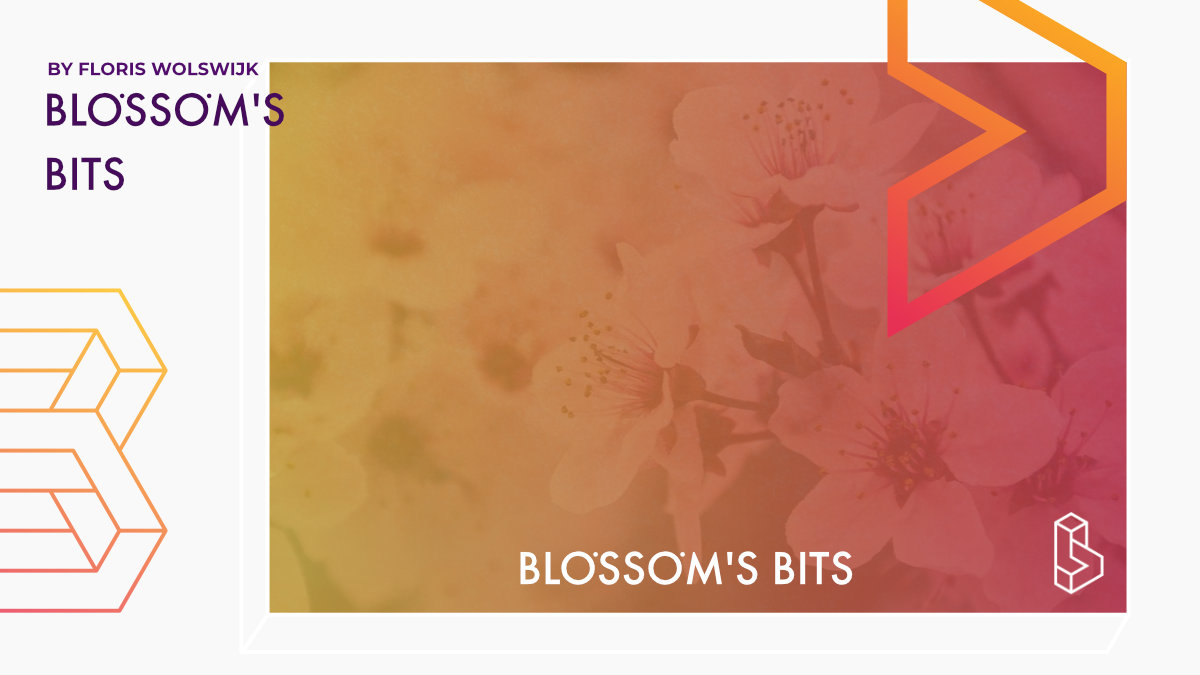The boom in attention for – and use of – psychedelics has led to unsustainable consumption patterns. There is a way out, synthetic psychedelics.
You may not like it, synthetic molecules – made in a lab – lack the cultural context of natural psychedelics. But with millions tuning in, the natural ecosystem is not able to supply what is necessary.
“Everything is love,” said Mike Tyson after smoking ‘the toad’. Is there a way to get this love to more people?
Here are three ways synthetics can help alleviate stress on the psychedelic ecosystem.
1. 5-MeO-DMT from the lab can spare the Sonoran Desert toad
Everyone from Joe Rogan to Mike Tyson has smoked 5-MeO-DMT. Many have inhaled ‘toad medicine.’ But now the Sonoran Desert toad is a threatened species.
Making synthetic 5MEO is relatively easy and can cost consumers as little as $90 for a gram (>20 doses).
Some say synthetics are not the real deal. Ollie – a 5MEO guide in The Netherlands disagrees: “Both experiences are identical.”
Some of the compounds in toad venom, possibly serve up an ‘entourage effect,’ yet are also physically toxic – something you don’t get with synthetic 5MEO.
2. Peyote can take up to 15 years to reach maturity – mescaline is made in days
Next to toads, another staple of the Southern U.S. is under threat of extinction – the peyote cactus (Lophophora williamsii).
The plant can take up to 15 years to mature, with harvesting every 8 years being the fastest – yet still sustainable rate.
Making mescaline can be done cheaply as $55 worth of materials can yield around 300 servings. The method, published in PIKHAL – by Sasha Shulgin – could even be improved for better yields
3. Ibogaine from iboga rootbark has a long cultural history – synthetic ibogaine could protect it
Ibogaine is proving to be remarkably good at treating addictions. From heroin to cocaine – thousands are helped each year.
Iboga is integral to the Bwiti religion, being served in weekly ceremonies.
Less threatened than peyote, unsustainable harvesting practices – including exports – and deforestation can still impact the amount that is available for consumption in Gabon.
Making synthetic ibogaine can protect the local use – whilst providing an alternative to clinics around the world.
One other benefit of using synthetics is that the dose is known. Ibogaine in rootbark can range from 0.3-10% (a 30x range).
Synthetics may lack history, but make up for it with sustainability
Providing the world with psychedelics – for treatments & recreation – is no small feat.
Synthetic versions of key compounds may protect local supplies, whilst giving others the opportunity to heal around the world.
Not every psychedelic is overharvested and synthetics aren’t the only solution (e.g. bioreactors can grow ‘natural’ compounds), but they are a mighty cheap and scalable solution
Become a psychedelic insider
Get a Pro Membership to enjoy these benefits & support Blossom📈 full reports on Topics & Compounds
🧵 full summary reviews of research papers
🚀 full access to new articles
See Memberships

